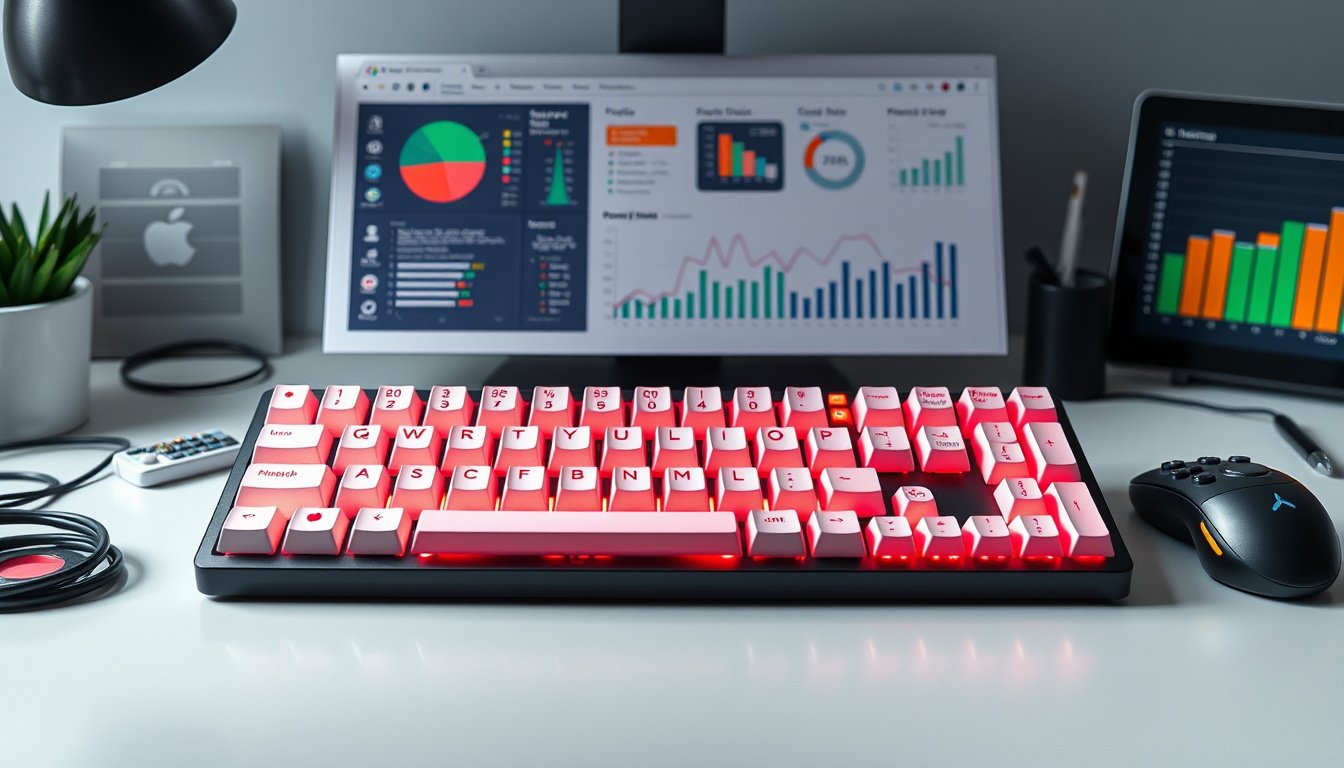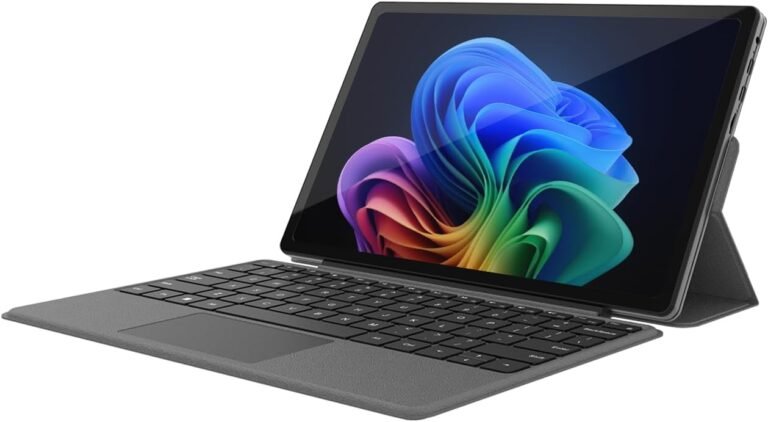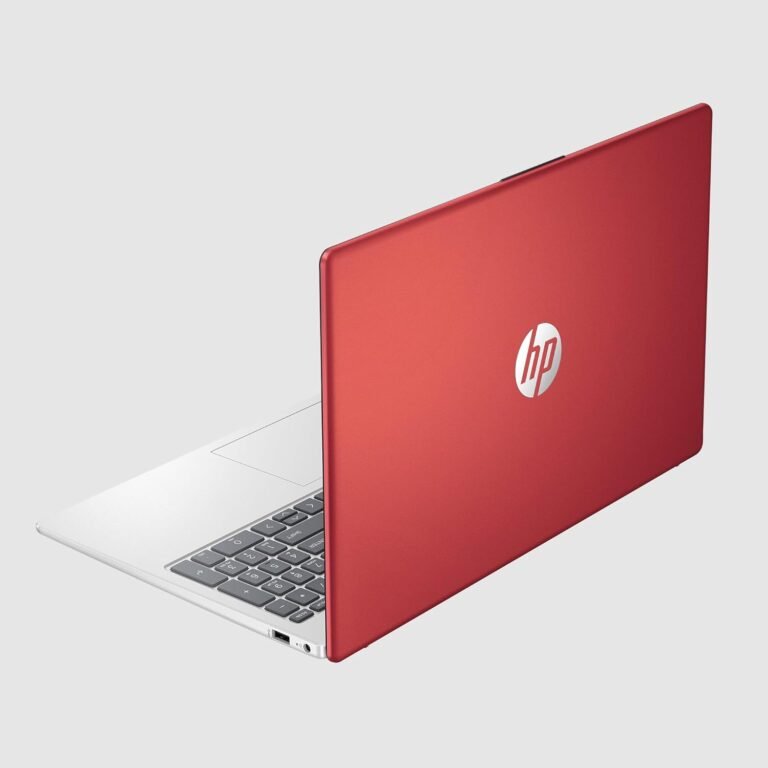
In today’s fast-paced digital world, maximizing productivity through customization of your workflows is a game changer. One simple yet powerful way to boost efficiency is by remapping your keyboard—reassigning keys or creating custom shortcuts that better suit your daily tasks. This guide explores keyboard remapping tools, their benefits, and practical ways to use them effectively.
What is Keyboard Remapping?
Keyboard remapping is the process of changing the input/output behavior of your keyboard’s keys. Instead of the default key functions, remapping allows you to assign keys or key combinations new functions, shortcuts, or even insert text snippets. This can help streamline repetitive tasks, reduce finger travel, or resolve ergonomic or hardware limitations.
Examples include:
- Reassigning the Caps Lock key to function as Ctrl.
- Mapping a shortcut like Ctrl+Shift+M to insert a frequently used phrase.
- Swapping keys like A and B.
- Creating application-specific shortcuts.

Why Use Keyboard Remapping Tools?
-
Boost Efficiency
Custom key bindings and shortcuts can speed up frequent actions (e.g., copying, pasting, launching applications) by minimizing complex key presses. -
Improve Ergonomics and Comfort
Reduce strain by placing commonly used functions within easier reach of your fingers. -
Workaround Hardware Issues
If certain keys are broken or missing, remapping can assign their function to a working key. -
Personalize Your Workflow
Tailor your keyboard layout and shortcuts to match your unique work habits or software needs, increasing satisfaction and productivity. -
Application-Specific Customization
Some tools allow remapping keys for specific apps, helping to optimize shortcuts per task.
Popular Keyboard Remapping Tools
While there are many software tools available, user needs vary—from simple key swaps to complex shortcut management. Here’s an overview based on user feedback and expert recommendations:
1. Microsoft PowerToys Keyboard Manager (Windows)
Ideal for: Windows users seeking a robust and free tool with both key and shortcut remapping capabilities.
-
Features:
- Remap individual keys or key combinations globally or per application.
- Supports remapping shortcuts (e.g., change Ctrl+C to Win+C).
- Insert Unicode text snippets via shortcuts (e.g., pressing H inserts "Hello!").
- Start applications or open URIs with shortcut keys.
- Manage shortcut mappings that include modifier keys (Ctrl, Shift, Alt, Win).
- Supports ‘chord’ shortcuts (multiple modifier keys plus multiple non-modifier keys).
-
Limitations:
- Requires PowerToys to run in the background.
- System-reserved shortcuts like Win+L or Ctrl+Alt+Del cannot be remapped.
- Function keys’ remapping may depend on hardware.
-
How to Use:
Access through PowerToys settings → Keyboard Manager → Remap keys or Remap shortcuts. Select the key/shortcut to change, assign the new function or text, and save. Customized mappings are applied instantly while PowerToys runs.
Microsoft’s PowerToys offers a rich, user-friendly graphical interface making it suitable for both beginners and power users.
2. SharpKeys
Ideal for: Users needing simple one-to-one key remapping on Windows without shortcut remapping.
-
Features:
- Directly edits Windows registry to map one key to another.
- Simple interface for remapping keys.
-
Limitations:
- Does not support multi-key combinations or text insertion.
- Redistributes only basic key swaps.
SharpKeys is a lightweight, no-frills option for remapping individual keys.
3. Other Tools
-
KeyTweak, Antsoft Key Remapper and similar utilities offer varying features but may lack advanced combination support or restrict free versions.
-
Tools like AutoHotkey (AHK) provide powerful scripting capabilities for custom macros and remapping, though they have a steeper learning curve and may be too complex for users seeking simple remaps.
Best Practices for Keyboard Remapping
-
Identify Your Needs
Analyze daily tasks to find repetitive actions or awkward key combos that slow you down. -
Start Small
Remap a few keys or shortcuts at first to adapt comfortably without a messy layout. -
Use Application-Specific Mappings
If a particular software has conflicting or inefficient shortcuts, customize just that app’s keys to improve workflow. -
Avoid Conflicts with System Shortcuts
Certain key combos are reserved (like Ctrl+Alt+Del or Win+L). Ensure your remaps don’t interfere with essential system commands. -
Test and Iterate
Experiment with mappings and adjust based on comfort and efficiency gains. -
Document Your Changes
Keep a reference of your custom key assignments for troubleshooting or when switching devices.
How to Get Started with PowerToys Keyboard Manager (Quick Overview)
- Download and install Microsoft PowerToys.
- Open PowerToys and enable the Keyboard Manager utility.
- Click on "Remap a Key" to change single keys.
- Click on "Remap a Shortcut" to assign new shortcut combinations.
- Select input keys and assign the desired output key, shortcut, text, or app launch command.
- Apply changes and keep PowerToys running to maintain remapping.
Conclusion
Using keyboard remapping tools can significantly enhance your productivity by adapting your keyboard layout to better suit your personal workflow needs. Whether you want to swap a broken key, create custom shortcuts, or generate quick text insertions, tools like Microsoft PowerToys Keyboard Manager provide a flexible, user-friendly platform to unlock new efficiencies. By thoughtfully remapping keys and shortcuts, you can reduce strain, save time, and ultimately work smarter—not harder.
Ready to take control of your keyboard? Try remapping your keys today and experience the boost in productivity firsthand!









